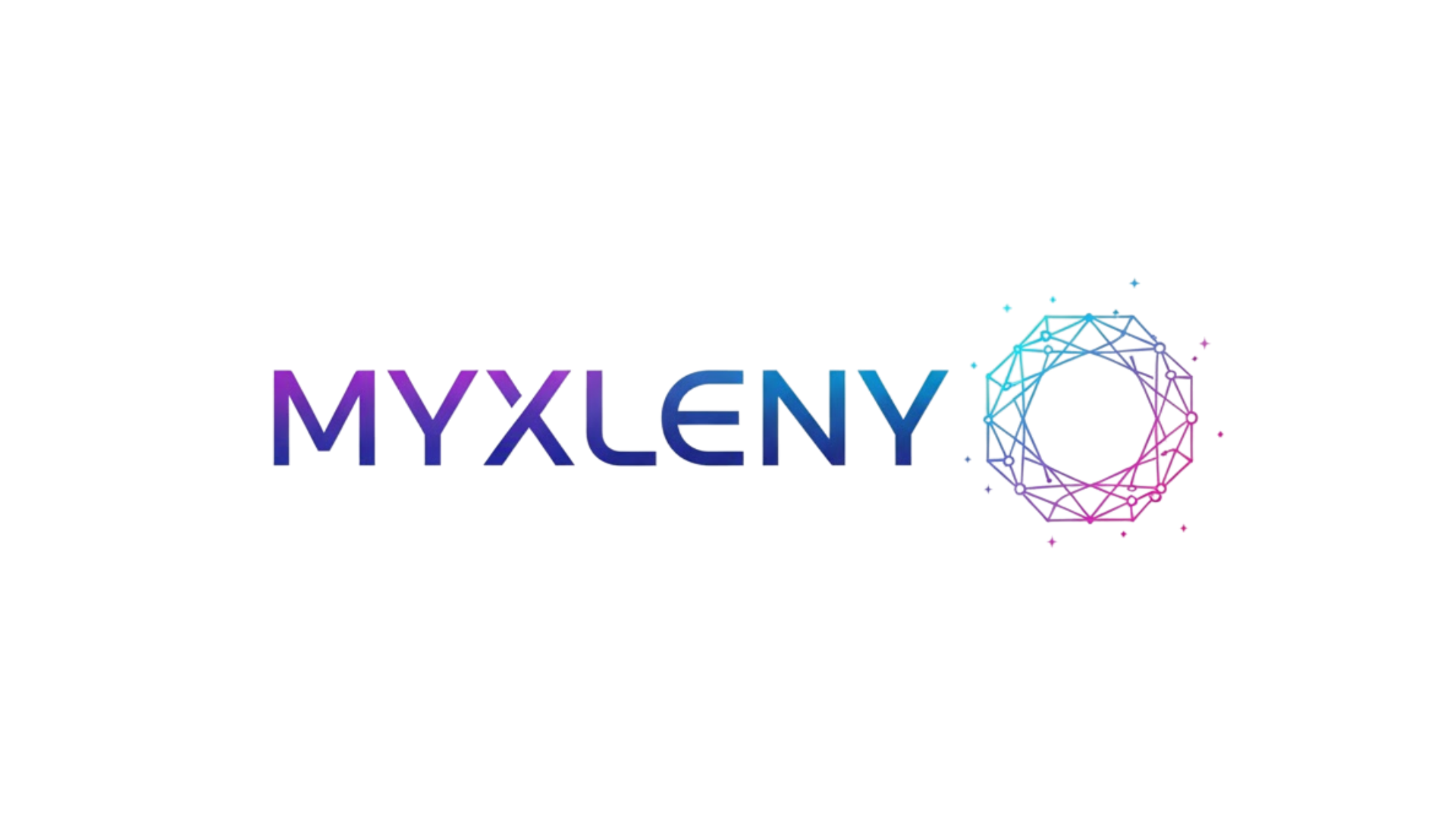Modern workplaces are discovering that employee wellbeing isn’t just a perk—it’s a strategic advantage that transforms both productivity and workplace happiness.
🌟 The Business Case for Employee Wellbeing
The traditional approach to workplace productivity focused solely on output metrics, deadlines, and performance targets. However, forward-thinking organizations now recognize that sustainable productivity stems from a holistic approach that prioritizes employee wellbeing. Research consistently demonstrates that companies investing in comprehensive wellbeing programs see remarkable returns, including reduced absenteeism, lower healthcare costs, and significantly higher employee engagement levels.
According to recent workplace studies, organizations with robust wellbeing initiatives report up to 25% higher productivity rates compared to those without such programs. This correlation isn’t coincidental—when employees feel physically healthy, mentally balanced, and emotionally supported, they naturally perform at their peak potential. The ripple effects extend beyond individual performance, creating a positive organizational culture that attracts top talent and reduces costly turnover.
The financial implications are equally compelling. Companies that implement wellbeing-driven policies typically see a return on investment ranging from $1.50 to $3.00 for every dollar spent on employee wellness programs. This ROI manifests through decreased sick days, improved morale, enhanced creativity, and stronger team collaboration. Forward-thinking leaders understand that investing in people isn’t an expense—it’s a strategic imperative that drives competitive advantage in today’s talent-driven economy.
🧠 Understanding the Wellbeing-Productivity Connection
The relationship between employee wellbeing and productivity operates through multiple interconnected pathways. Physical health directly impacts energy levels, cognitive function, and stamina throughout the workday. When organizations provide opportunities for movement, ergonomic workspaces, and nutrition support, employees experience fewer energy crashes and maintain consistent focus over extended periods.
Mental wellbeing plays an equally critical role in workplace performance. Stress, anxiety, and burnout don’t simply affect personal lives—they dramatically diminish cognitive capabilities, decision-making quality, and creative problem-solving. Employees struggling with mental health challenges often experience reduced concentration, impaired memory, and decreased motivation, all of which directly undermine productivity. Conversely, mentally healthy employees demonstrate superior resilience, adaptability, and innovative thinking.
Emotional wellbeing completes the triad, influencing workplace relationships, communication effectiveness, and team dynamics. Employees who feel emotionally supported and psychologically safe contribute more openly, collaborate more effectively, and navigate conflicts more constructively. This emotional security creates an environment where people feel comfortable taking calculated risks, sharing creative ideas, and supporting colleagues—all essential ingredients for organizational success.
The Neuroscience Behind Workplace Happiness
Understanding the brain chemistry of happiness reveals why wellbeing policies produce such powerful results. When employees experience positive workplace conditions, their brains release neurotransmitters like dopamine, serotonin, and endorphins. These chemicals enhance motivation, improve mood, and strengthen memory consolidation. This neurological response creates a positive feedback loop: wellbeing initiatives boost happiness, which enhances performance, which further improves wellbeing.
Chronic workplace stress triggers the opposite effect, flooding the system with cortisol and activating the fight-or-flight response. This physiological state impairs higher-level thinking, reduces creativity, and compromises immune function. By implementing policies that minimize unnecessary stress and provide recovery opportunities, organizations literally rewire employee brains for optimal performance and sustained happiness.
💼 Essential Components of Wellbeing-Driven Policies
Effective wellbeing programs encompass multiple dimensions of human health and happiness. The most successful organizations adopt a comprehensive approach that addresses physical, mental, emotional, social, and financial wellbeing. This holistic framework recognizes that these dimensions interconnect—financial stress affects mental health, poor physical health impacts emotional wellbeing, and social isolation undermines all other areas.
Flexible Work Arrangements
Flexibility represents one of the most valued workplace benefits in modern employment. Offering options for remote work, flexible scheduling, and compressed workweeks empowers employees to manage personal responsibilities alongside professional commitments. This autonomy reduces stress, improves work-life integration, and demonstrates organizational trust—a powerful motivator that enhances loyalty and engagement.
The productivity benefits of flexibility are well-documented. Employees working flexible schedules report higher job satisfaction, better focus during working hours, and improved overall wellbeing. They experience fewer conflicts between work and personal life, leading to reduced burnout and increased longevity with their employers. Organizations benefit from expanded talent pools, as flexibility makes positions accessible to caregivers, people with disabilities, and those living in different geographic locations.
Mental Health Support Systems
Progressive organizations now treat mental health with the same seriousness as physical health. Comprehensive mental health benefits include access to counseling services, employee assistance programs, stress management workshops, and mental health days. Creating a culture where seeking mental health support is normalized and encouraged removes stigma and ensures employees get help before small challenges become major crises.
Mental health applications and digital resources provide convenient, confidential support that complements traditional therapy. These tools offer meditation guidance, cognitive behavioral therapy exercises, sleep improvement techniques, and anxiety management strategies. By providing multiple access points for mental health support, organizations acknowledge that people have different preferences and needs when seeking help.
Physical Wellness Initiatives
Physical health forms the foundation of overall wellbeing. Workplace wellness programs might include on-site fitness facilities, subsidized gym memberships, standing desks, ergonomic assessments, healthy cafeteria options, and walking meeting encouragement. These initiatives signal that the organization values employee health beyond their immediate work output.
Regular physical activity delivers cognitive benefits that extend far beyond physical fitness. Exercise increases blood flow to the brain, stimulates neurogenesis, reduces inflammation, and improves mood regulation. Employees who maintain active lifestyles demonstrate better problem-solving abilities, enhanced creativity, and superior stress management compared to sedentary colleagues.
🚀 Implementing Wellbeing Policies That Actually Work
The gap between wellbeing policy intentions and real-world impact often comes down to implementation quality. Many organizations announce wellness programs with great fanfare, only to see minimal employee participation and disappointing results. Successful implementation requires strategic planning, leadership commitment, employee input, and continuous refinement based on feedback and outcomes.
Leadership Modeling and Cultural Integration
Wellbeing initiatives fail when leadership teams promote policies they don’t personally embrace. If executives send emails at midnight, skip vacations, and glorify overwork, no amount of wellness programming will change organizational culture. Effective implementation begins with leaders modeling healthy behaviors—taking breaks, using flexible work options, discussing mental health openly, and respecting boundaries.
Cultural integration means weaving wellbeing into the organizational fabric rather than treating it as a separate program. This includes incorporating wellbeing metrics into performance reviews, allocating dedicated time for wellness activities during work hours, and celebrating employees who demonstrate healthy work-life integration. When wellbeing becomes part of “how we do things here,” it transforms from optional perk to core value.
Customization and Employee Choice
One-size-fits-all wellbeing programs inevitably disappoint because employee needs vary dramatically. Young parents face different challenges than empty nesters; introverts have different social needs than extroverts; some employees struggle with physical health while others need mental health support. Effective programs offer diverse options and empower employees to choose benefits matching their individual circumstances.
Regular surveys, focus groups, and feedback mechanisms ensure programs evolve with changing employee needs. Organizations might offer points-based systems where employees select from various wellness options, creating personalized benefit packages. This customization demonstrates respect for individual differences and increases participation by ensuring everyone finds relevant, valuable support.
📊 Measuring Wellbeing Program Success
What gets measured gets managed, and wellbeing initiatives require robust assessment frameworks to justify investment and guide improvements. However, measuring wellbeing presents unique challenges because the most important outcomes—happiness, fulfillment, and quality of life—resist simple quantification. Effective measurement strategies combine quantitative metrics with qualitative insights to capture the full picture.
Key performance indicators for wellbeing programs might include employee engagement scores, absenteeism rates, turnover statistics, healthcare utilization patterns, productivity metrics, and participation rates in wellness activities. Tracking these measures over time reveals trends and correlations that demonstrate program impact. Organizations should establish baseline measurements before launching initiatives to enable meaningful before-and-after comparisons.
Qualitative feedback provides context that numbers alone cannot capture. Regular pulse surveys, anonymous feedback channels, and exit interviews reveal how employees experience wellbeing policies in practice. Questions about work-life balance, stress levels, feeling valued, and organizational support yield insights that inform program refinements and identify emerging needs before they become widespread problems.
The Role of Technology in Wellbeing Tracking
Digital tools enable sophisticated wellbeing measurement while protecting individual privacy. Aggregated, anonymized data from wellness apps, engagement platforms, and health tracking devices reveal patterns and trends without compromising confidentiality. These technologies help organizations understand which program elements generate the most value and where additional support might be needed.
Wellbeing platforms can integrate various data streams—fitness activity, mental health app usage, flexible work utilization, and satisfaction surveys—to create comprehensive wellbeing dashboards. These insights enable data-driven decision-making about resource allocation, program modifications, and strategic priorities. The key is balancing analytical rigor with ethical data practices that maintain employee trust.
🌈 The Future of Work: Wellbeing as Competitive Advantage
The COVID-19 pandemic accelerated workplace transformation, fundamentally shifting employee expectations around wellbeing. Remote work normalization, heightened mental health awareness, and reassessed life priorities mean workers increasingly prioritize wellbeing when evaluating employers. Organizations that recognize this shift and respond proactively will attract superior talent, while those clinging to outdated approaches will struggle with recruitment and retention.
Younger generations entering the workforce demonstrate particularly strong preferences for wellbeing-focused employers. Millennials and Gen Z workers openly discuss mental health, expect work-life balance, and reject toxic workplace cultures that previous generations tolerated. These demographic shifts make wellbeing policies not just nice-to-have benefits but essential elements of employer brand and talent strategy.
Innovation in wellbeing practices continues accelerating as organizations experiment with four-day workweeks, unlimited vacation policies, sabbatical programs, and comprehensive family support benefits. Early adopters of progressive policies gain publicity that enhances their employer reputation, creating virtuous cycles of talent attraction and organizational success. As these practices prove their value, they migrate from cutting-edge experiments to industry standards.
Building Resilient Organizations Through Wellbeing
Beyond individual benefits, wellbeing-driven policies create organizationally resilient companies better equipped to navigate disruption, adapt to change, and sustain performance through challenges. Healthy, engaged employees demonstrate superior problem-solving during crises, maintain productivity through uncertainty, and support colleagues during difficult periods. This organizational resilience represents a strategic asset increasingly valuable in our volatile, complex business environment.
The evidence is clear and compelling: prioritizing employee wellbeing isn’t soft management or frivolous spending—it’s strategic leadership that drives measurable business results while creating workplaces where people thrive. Organizations that embrace this reality and implement comprehensive, authentic wellbeing policies position themselves for sustainable success in the future of work.

🎯 Taking Action: Starting Your Wellbeing Journey
Transforming organizational culture around wellbeing requires commitment, patience, and persistence. Start by assessing current state—survey employees about their wellbeing needs, review existing benefits for gaps, and benchmark against industry leaders. This diagnostic phase reveals priorities and establishes baseline metrics for measuring progress.
Begin with high-impact, relatively simple changes that demonstrate commitment and generate quick wins. This might include implementing flexible work options, providing mental health resources, improving physical workspace ergonomics, or establishing wellbeing committees with employee representation. Early successes build momentum and credibility for more ambitious initiatives.
Remember that wellbeing transformation is a marathon, not a sprint. Sustainable culture change requires consistent effort over time, leadership commitment that survives budget pressures, and willingness to learn from setbacks. The organizations that approach wellbeing as an ongoing journey rather than a one-time program will reap the greatest rewards—happier employees, superior productivity, and enduring competitive advantage in the talent marketplace. The question isn’t whether to prioritize wellbeing, but how quickly your organization will embrace this fundamental shift in workplace philosophy.
Toni Santos is a future-of-work researcher and social innovation writer exploring how technology, culture, and global mobility are redefining what it means to work and thrive in the 21st century. Through his studies on automation, digital nomadism, and workforce transformation, Toni examines the balance between progress, adaptability, and human purpose in a rapidly changing world. Passionate about remote collaboration systems and digital inclusion, Toni focuses on how emerging tools and global connectivity empower individuals to build meaningful, flexible, and resilient careers. His work highlights how automation and new work models can coexist with creativity, empathy, and social value. Blending sociology, economics, and digital strategy, Toni writes about the human side of innovation — helping readers understand not only where work is heading, but how to align with its transformation responsibly and purposefully. His work is a tribute to: The evolving relationship between automation and human employment The rise of global, location-independent lifestyles The power of resilience and adaptability in the modern workforce Whether you are a freelancer, remote leader, or curious observer of the new economy, Toni Santos invites you to explore the future of work — one idea, one connection, one transformation at a time.




